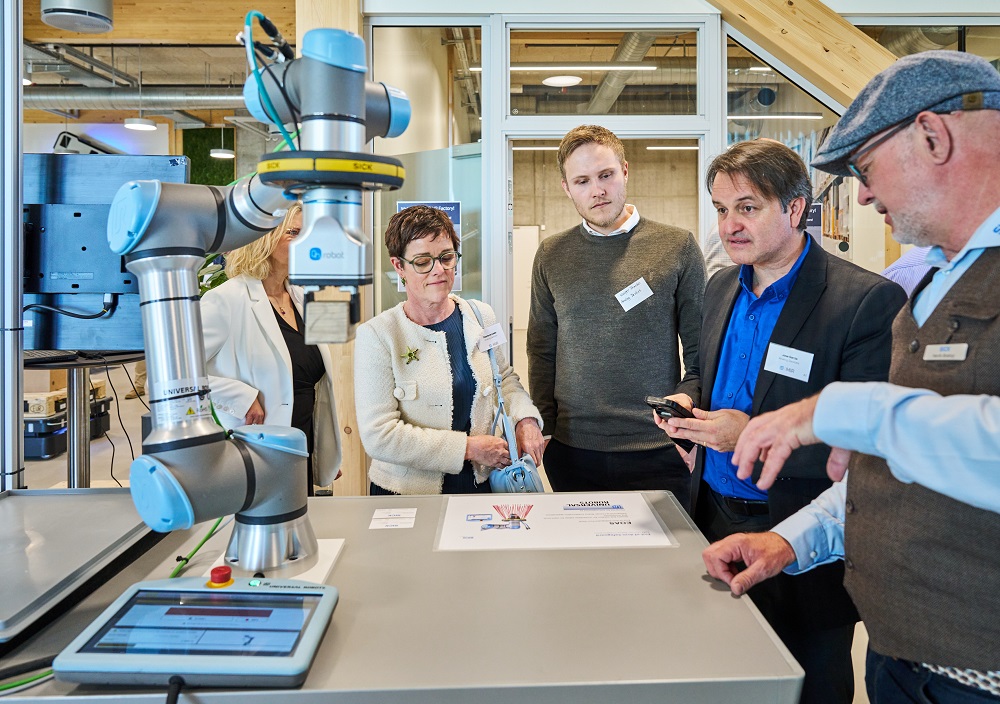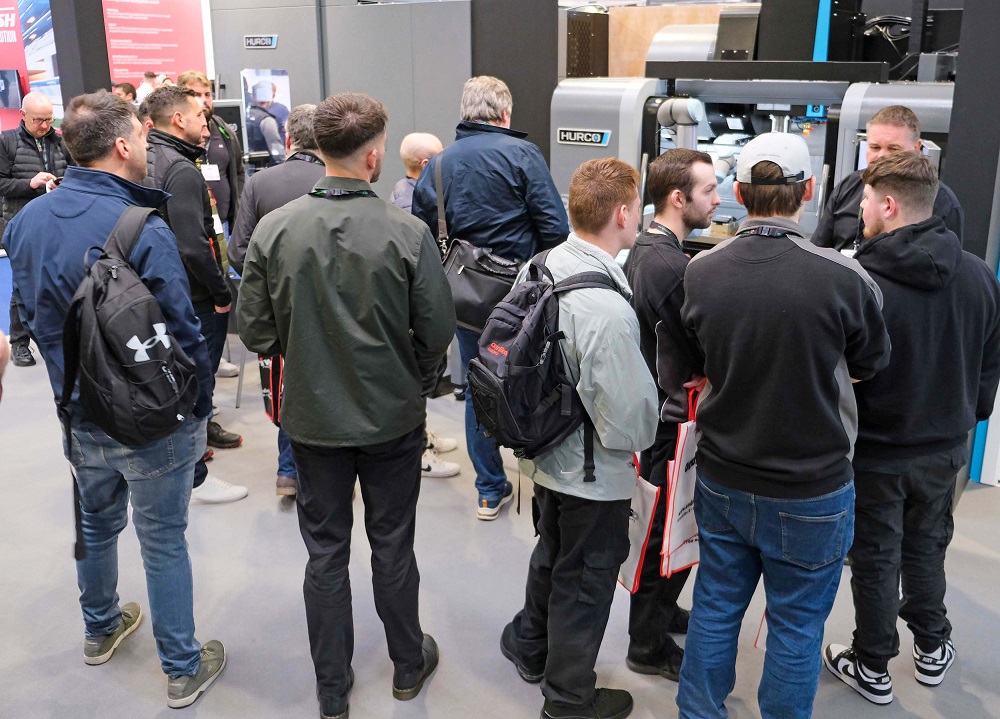Following MA Ford Europe’s appointment as UK distributor and technical partner by Japanese manufacturer Nakanishi, its range of high-speed motor spindles was unveiled at MACH 2024 in Birmingham last month. This is the latest appointment for MA Ford Europe, which now handles the HES, iSpeed3 and HTS products from Nakanishi’s range of electric and air-turbine units, which are capable of spindle speeds up to 150,000 rpm. The units mount in CNC machine spindles with various shank types, including BT, HSK A63, IT and straight.
For further information www.mafordeurope.com



















